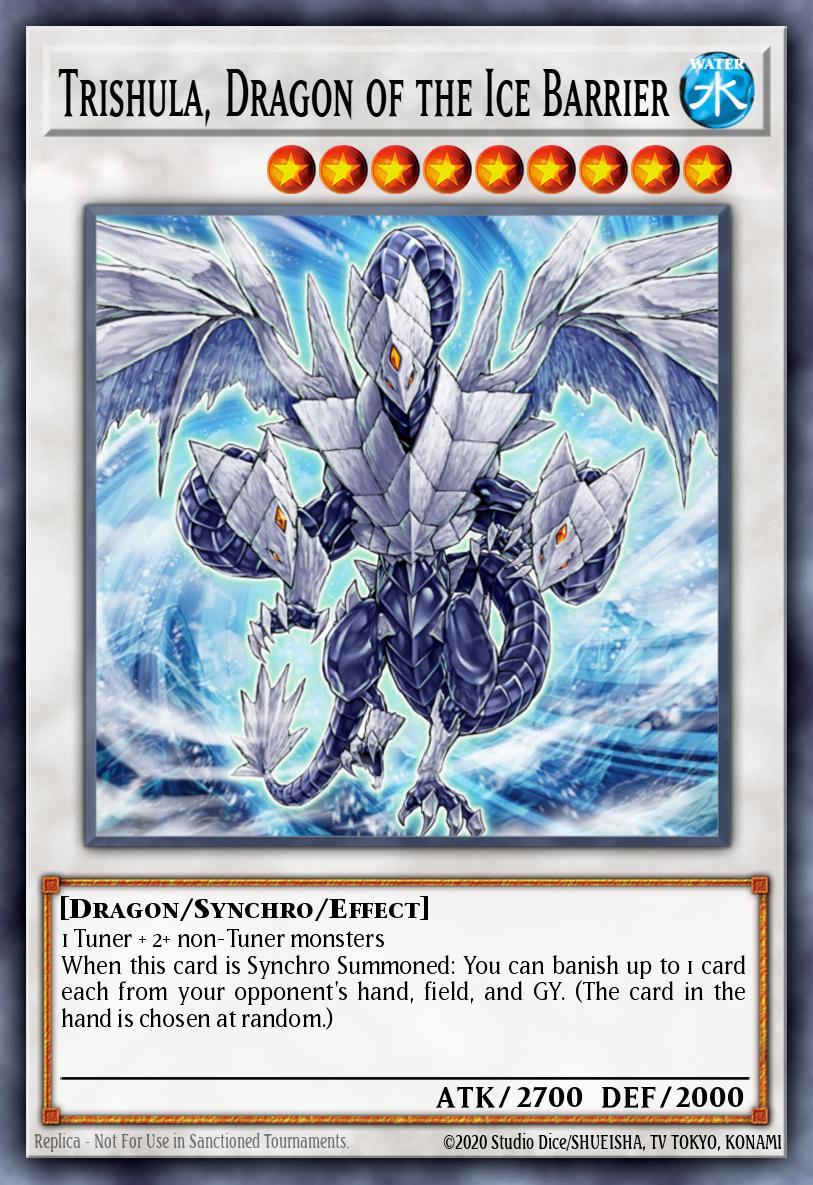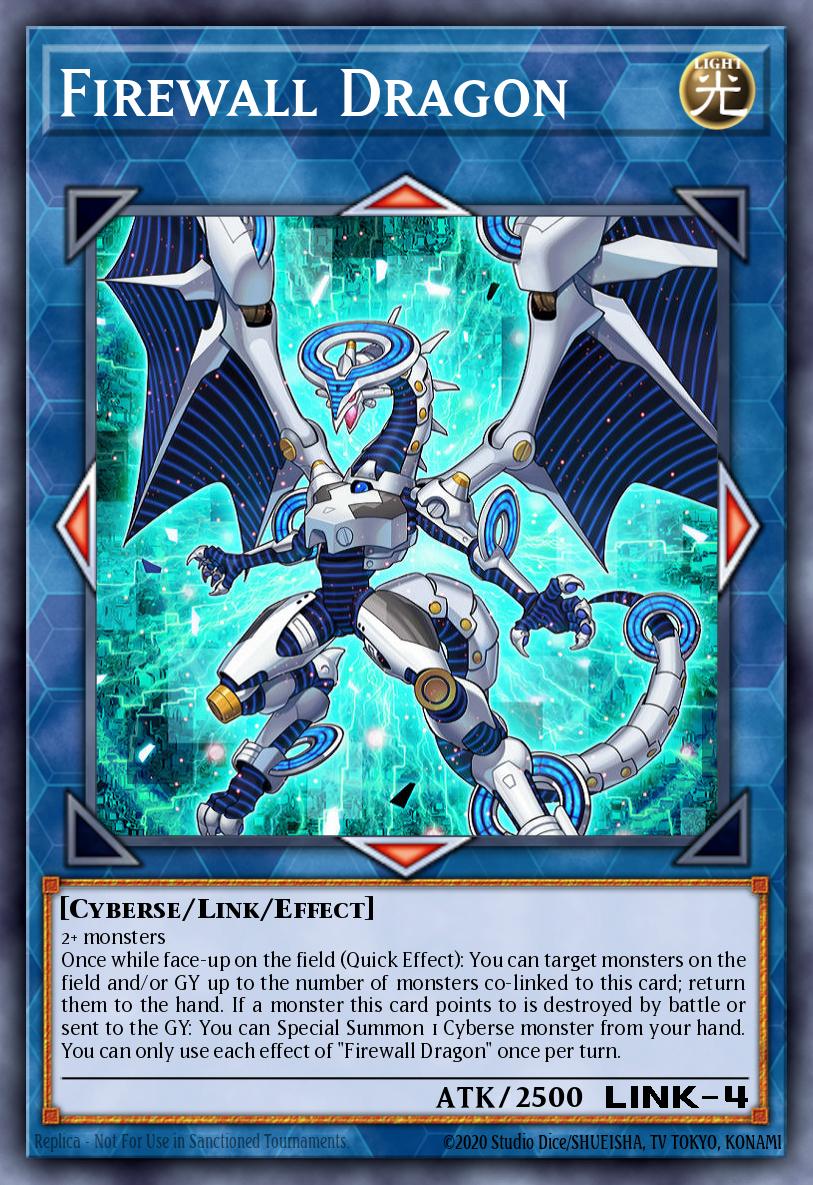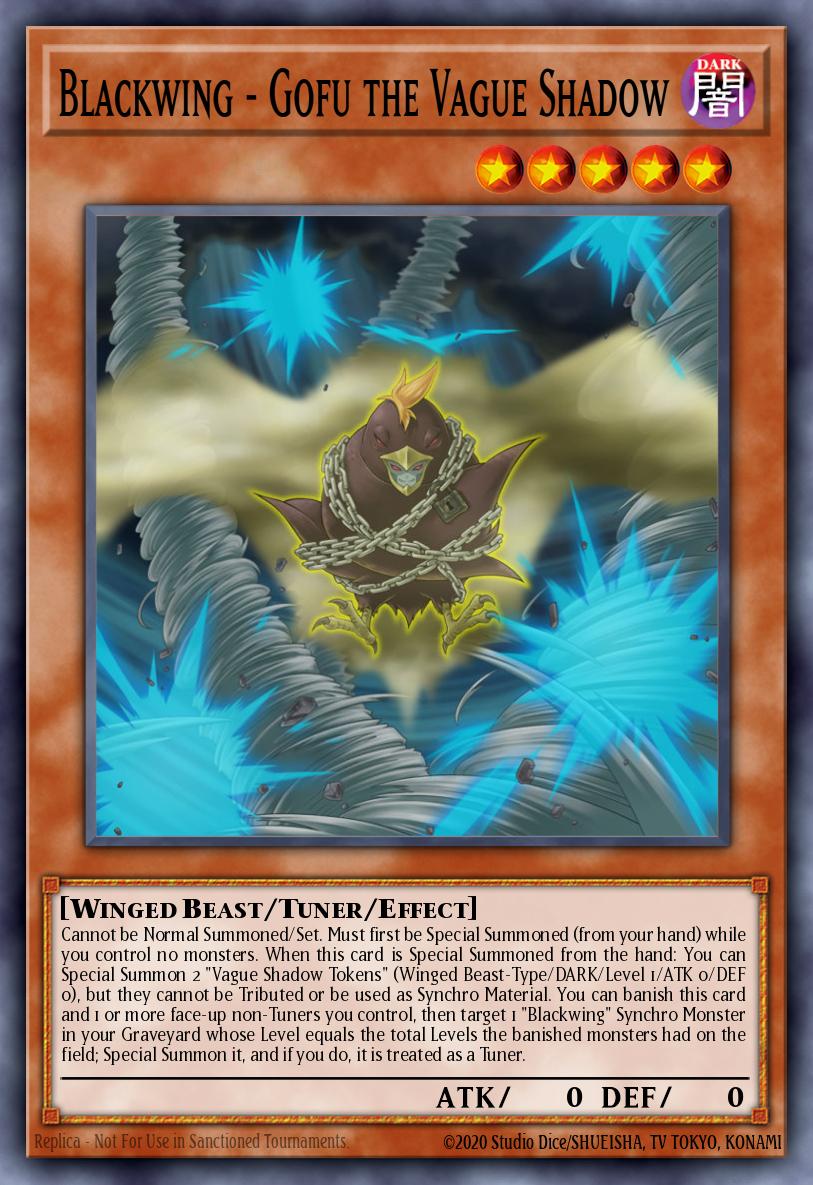That date marks the beginning of Master Rule 4 (MR4). MR4 drastically altered both card design and Yugioh gameplay as a whole. Let’s dive into the impacts we’ve seen since MR4’s inception and the introduction of links.
This is part one of a three-part series. We’ll cover MR4's impacts on mechanics and card design. The next in the series will address how links affected gameplay and strategy. The series will conclude with a discussion of the categories of link monsters that have come out so far.
A final note before we begin: this series approaches MR4 and link monsters from both casual and competitive standpoints. My aim is to generate understanding from each perspective about the other, as well as generate thought and discussion. Please read accordingly.
Mechanics
MR4 implemented three major changes to Yugioh:
- The two Pendulum Zones, introduced in Master Rule 3, merged into the ends of each player’s Spell/Trap Zones.
- The playing field now has two Extra Monster Zones (EMZs). They separate each player’s individual field but align them at the second and fourth columns.
- Link monsters joined the player base’s deck-building arsenal. They are a new type of Extra Deck monster characterized by having zone-indicating arrows and no DEF stats.
This Master Rule confused more players than previous ones. Unlike previous Master Rules, MR4 fundamentally changed the way players could interact with their Extra Deck. MR4 dictates that each player starts with only one Extra Monster Zone. Players aren't assigned an EMZ, but each player only gets one EMZ. To get more zones for their Extra Deck monsters, players need to make link monsters. Main Monster Zones (MMZs) the link monsters point to become available for more Extra Deck monsters.
Link Card Design
We’ll get into the specific categories of link monsters in the next part of the series. In the meantime, it’s important to talk about some of the problems that have presented themselves in actual card design due to MR4 and links.
The Link Material Problem
Like any other Extra Deck monster, link monsters have specific summoning requirements. Some link monsters only require material of a certain level, like Linkuriboh. Others need monsters of a certain type, like Isolde, Two Tales of the Noble Knights. Still others require any effect monsters, like Borreload Dragon.
Where does this get problematic?
For starters, links are the most generic extra deck monsters ever designed. The material requirements are significantly less strict than any other Extra Deck monsters, making them almost laughably easy to access for virtually any deck. Put two monsters on the board—any two monsters—and you’re basically guaranteed access to something that’s decent.
 Krawler Behemoth Fiendess
Krawler Behemoth FiendessThere’s more to those material requirements, though. Problematic links are those designed with either too generic or too specific of requirements. Strict summoning requirements can help validate the power level of some link monsters (looking at you, Infinitrack Fortress Megaclops). More often than not, what those strict requirements really do is dissuade the use of the link monster altogether. Subterror Behemoth Fiendess comes to mind in particular as an example. “2 Flip monsters” may not sound like a big deal. However, if you’re not Krawlers, most decks are going to have a hell of a time getting two flip monsters on the field at once. More importantly, most decks won't find more worth in Behemoth Fiendess than the two flip monsters they used to get her.
On the other hand, material requirements being too generic has caused far more significant issues. As a brief example, take Scapegoat. Scapegoat generates four level 1 tokens (normal monsters). Those tokens could be turned straight into Firewall Dragon, no questions asked. With hardly any fancy footwork, they could become Borreload Dragon or Borrelsword Dragon as well, since Space Insulator, the Knightmares, etc. pack almost non-existent material requirements. Yeah, Scapegoat’s limited for a reason.
Since generic material is more accessible, you’ll also see generic links exploited to much greater degrees. This forces card design towards muting generic links' power wherever possible. Overly-generic card design on top of an already-generic summoning condition screams for abuse.
The Misalignment Problem
In an effort to build out links as a whole, Konami designed a lot of archetype or attribute focused link monsters. Konami tends to run into one of two problems with designing for archetypal or attribute alignment. The Ice Barrier synchros are perfect proof that Konami has struggled with this for almost 10 years now.
 You didn't need those cards, right?
You didn't need those cards, right?Much like with all three Ice Barrier Synchros, Konami has issues with building support for one archetype that turns out to be vastly superior outside that archetype. Cards like
- Isolde, Two Tales of the Noble Knights,
- Borreload Dragon,
- Topologic Gumblar Dragon,
- Borrelsword Dragon, and
- The Phantom Knights of Rusty Bardiche
are all archetype-specific link monsters that provide significantly more firepower for archetypes that the monster wasn’t built for. In true Denglong, First of the Yang Zing style, this failure in card design may very well lead to archetypes losing critical pieces because the pieces were built too broadly.
The other side of this, of course, has been designing archetypal link monsters that either don’t align at all with the archetype’s capabilities or don’t align with the archetype’s inherent strengths. A prime example of the former is Dinowrestlers. Dinowrestler Chimera T Wrextle—the purported final chain in Dinowrestler evolution—requires a Dinowrestler link monster for material, but the deck has an astounding issue with accessing their own link monsters. The Dinowrestler links have both too specific material requirements and no regard for the archetype’s capabilities...or, rather, their total incapability of being able to spam the field.
Of the latter alignment issue, we look to Gouki. Gouki’s main deck monsters are great at generating field presence. All they needed were solid link monsters to funnel that advantage into. Instead, they got the Ogre series. Apart from Gouki the Giant Ogre, the Gouki links are really lackluster in turning the inherent advantage the main deck monsters generate into something valuable. This left them turning to generic link monsters, which funneled their advantage generation into getting four cards banned: Firewall Dragon, Knightmare Goblin, Topologic Gumblar Dragon, and Number 86: Heroic Champion - Rhongomyniad.
The Power Problem
Because of how link monsters were designed, their power level tends towards the extremes. That is to say, very few link monsters appear to be “balanced”. Most are either wholly lackluster, exist only for their arrows, or are outstandingly strong.
Part of what goes into power consideration is what it takes to summon a link monster. Obviously, as it has been over Yugioh’s history, links needing generic material are automatically stronger than those with specific materials. Why? Because generic materials mean less effort to produce the final result.
 The non-HOPT loop master himself.
The non-HOPT loop master himself.After that, power involves looking at what it takes to make the monster worthwhile, cost-wise or use-wise. For example, a link-4 that only requires two monsters might get a quicker look than one that requires three. A link monster that requires discarding for cost might get not get as quick a look than one that doesn’t. Also, a link like LANphorhynchus might not look like much to invest in, but its link arrows are invaluable for decks that need generic, quick down arrows.
Finally, power involves considering if the effect is worth the prior two considerations. Let’s be honest with ourselves, attack points don’t mean much anymore when deciding if a monster is good. But the effect that a monster packs? That is where power lies in 2019. Borrelsword Dragon might require 3+ effect monsters, but its effect can win games on its own. The Knightmares typically require three or more cards to properly utilize, but on-demand point removal is so valuable that it’s often a non-issue.
The problem from power evaluation is that most link monsters meet either none, one, or all of these power requirements. We’ve had extreme situations like Firewall Dragon and Topologic Gumblar Dragon that are generic, easily accessible, and have absurd effects. We’re currently dealing with The Phantom Knights of Rusty Bardiche being both overly accessible and crazy good at generating advantage. But...we’ve also got Flash Charge Dragon. It’s really difficult to pinpoint a link monster that is a reasonable middle ground, and players are definitely noticing.
Non-Link Considerations
 Link-3 for free, no normal summon necessary.
Link-3 for free, no normal summon necessary.Future card design will definitely have other limitations as a result of links. Generic, non-gated, token-generating cards (e.g., Blackwing – Gofu the Vague Shadow, Phantom Skyblaster, Number 42: Galaxy Tomahawk) are out entirely. Period. Because of generic link design, generic token generation is flat-out unhealthy for the game in large numbers. It’s fairly unlikely that we’ll see a new-age token archetype like Mecha Phantom Beasts in the link era without significant tailoring.
Generic summoning conditions are also going to need to be considered. We’re seeing right now that cards like Trickstar Corobane are hugely popular for reasons entirely outside their own archetype. Terraforming is now a one-card entry into a full Orcust board. Konami is going to need to be more on the ball now than ever before in balancing their advantage generation card design with the F&L list. That issue has definitely come up in the past (see, Dragon Rulers). However, we've never had access to this breadth or depth of card pool.
Why Do These Problems Matter?
In a word, balance. Card design limitations have made it absurdly difficult to create link monsters that are simultaneously balanced, valuable, and worth their cost. This, in turn, has made it increasingly difficult to create diverse formats that stay diverse after a new structure deck or set release (Structure Deck: Soulburner says hello). When we discuss the categories of link monsters later in the series, you’ll see where in particular these issues have reared their heads.
This piece—and this series as a whole—are not written to argue that link monsters, MR4, or the evolution of the game are bad. What we’re doing here is looking at what has changed as a result of MR4 and links, and what good and bad things have arisen. Have links made the game more interesting and thoughtful? Of course! But we also need to be honest about the price this comes at.
Part 2 will be coming soon. There, we will take a look at how MR4 and links have affected overall gameplay, as well as how predictions about MR4 and links pre-release have shaped up after two years.
Cheers!




